Asymptomatic VS Presymptomatic Spread of COVID-19
We have seen a lot in the news about asymptomatic vs presymptomatic spread of COVID-19. This can be confusing because, how do you spread something if you don’t feel sick?
Below, you will learn the difference, as well as ways you can keep yourself healthy and prepared for any pandemic.
Asymptomatic VS Presymptomatic
Both people who are asymptomatic and people who are presymptomatic can spread COVID-19. But, what is the difference between the two?
What is Asymptomatic?
If a person is asymptomatic, it means that they have the virus, but they don’t have any of the symptoms. In fact, the person may not feel sick at all. Additionally, an asymptomatic person will not ever have symptoms.
So, if people don’t have any symptoms, then how do we know they actually have the virus?
Well, this is found out through mass testing. For example, you can find people who have infections and are asymptomatic by testing:
- Anyone who enters the hospital for any reason.
- Groups of people who have had close contact with an active case.
- As a part of a population-based epidemiologic investigation.
Basically, we have found cases of asymptomatic people through testing, testing, testing. This means that if someone has tested positive for COVID-19, they will have to be tested until they have a negative test result.
If the person gets to a negative test and has never had a symptom, they are considered asymptomatic.
Are Asymptomatic People Contagious?
Because they don’t have symptoms, it is really hard to prove that asymptomatic COVID-19 people are driving the pandemic. Yes, they are contagious because they have the virus.
However, it seems that the viral load is bigger in those with symptoms. This means those with no symptoms or mild symptoms have less of the virus to spread.
It is also unclear how long an asymptomatic person is contagious. What we do know is that those with symptoms can spread it up to 20 days after the onset of a symptom according to this website (UC Davis Health FAQS). Some websites state 14-15 days. Who is right, it makes you wonder who is correct? The CDC says space yourself 6 feet apart, now they are saying on TV it needs to be 30 feet, who is right?
Thus, it is implausible that an asymptomatic person would be contagious longer than one with symptoms.
How Many People are Truly Asymptomatic?
Follow-up is necessary in determining if a person is truly asymptomatic. According to the New England Journal of Medicine, 88% of women tested before delivery, were asymptomatic.
In addition, another review said that about 40-45% of positive cases are asymptomatic. However, there has not been any follow-up to determine if any symptoms were developed later.
What is Presymptomatic?
If a person is presymptomatic, it means that they have the virus, but do not have symptoms, YET! Most people who may seem asymptomatic do eventually end up with symptoms. Thus, they are no longer considered asymptomatic and were merely just presymptomatic.
With every virus or bacteria, there is an incubation period. An incubation period is the time between when you are infected and when the onset of symptoms show up. During this time, you are presymptomatic. With COVID-19, people are usually presymptomatic for 2-14 days. Most begin to get symptoms 5-days after infection.
So, if people who are presymptomatic do not have symptoms yet, how do we know they are presymptomatic?
Just as with asymptomatic people, we find out someone is presymptomatic through testing. So, if someone you work with tested positive, and you must get a test, and you test positive, you may be presymptomatic or asymptomatic.
Once you develop symptoms, you know that when you got the test, you were Presymptomatic.
Are Presymptomatic People Contagious?
Just as asymptomatic people are contagious, presymptomatic people are contagious as well. Those who are presymptomatic may have a higher viral load than those that are asymptomatic, which means they would be more contagious.
There is no way to tell if someone who is asymptomatic will become symptomatic. Thus, if someone doesn’t have symptoms, they may just be presymptomatic, depending on how they test and if the symptoms appear later.
Most people develop symptoms about 5-days after being infected. However, symptoms can develop 2 to 14 days after infection happens.
So, if you have the virus, you can in fact spread the virus for 14-days before you even know you are sick, and that’s where the real challenge comes in trying to curb the spread of the virus.
How Many People are Presymptomatic?
Let’s face it, no matter what virus you get, you will be presymptomatic before you feel sick. As stated above, there is an incubation period. So, in essence, everyone who does not have symptoms and tests positive is presymptomatic unless they never get symptoms.
Asymptomatic VS Presymptomatic Contact Tracing
Because you can spread the virus without feeling sick for several days, or even at all, contact tracing is important. Contact tracing is like detective work where experts break down the chains of transmissions of the virus through a community.
So, if someone you know has tested positive for COVID-19, and lets the experts know they were around you within the incubation period, you should be contacted. Even if you are not feeling sick, you are asked to quarantine for the 14-days to ensure you do not spread the virus unknowingly.
To learn more about contact tracing, check out my post: Everything You Need to Know About Contact Tracing.
How to Be Prepared During this Time
One of the reasons we as preppers prepare for any emergency is so when a pandemic comes about we have things in place to help weather the storm, so to speak. When pandemics like COVID-19 strike, things vanish from the stores, we can be quarantined in our homes for a long period of time, and basically, SHTF. So, what can you do right now?
Keep Stocking Up On Essentials
You could be quarantined for a few weeks, especially if we have a second wave of COVID-19 as predicted. Be sure that you have enough food and water to last you for 2 to 3 weeks, or even longer if possible.
However, due to things vanishing from the shelves, I would suggest stocking for much longer than this. At least 3-months.
Stock Up On Medical Supplies
Not only do you need food and water, but you need to have medical supplies in case you do get sick or have to quarantine. Stock up on things like Tylenol, ibuprofen, cough medicine, cough drops, Vicks, or anything you take as a prescription or when you feel ill.
Make Sure You Have Toilet Paper
For several months you couldn’t find toilet paper anywhere. I’m now able to find it in stores and it looks to be in stock on Amazon as well. Now would be the time to start stocking a backup supply of toilet paper.
I don’t know about you, but my stocks definitely saved me during the first wave of this pandemic. Keep in mind that some stores still have limits on how much you can buy, so you may have to go to a couple of different stores.
Read My Pandemic Posts
I have several pandemic posts that can get you going in the right direction if you are just starting out with prepping. They also help you to think about things you may not have considered. Here are some posts you need to check out:
- Pandemics: What You Should Do Now
- Pandemic: What You Need to Shelter in Place
- Coronavirus: Pandemic Supplies You Need
- Pandemic Supplies You Will Need for Survival
- 30 Items You Need to Survive a Pandemic
- 35 OTC Medications You Should Store
Keep Your Body Healthy
Besides stocking up on all the essentials, you should strive to keep yourself healthy. Eating the right foods, getting sufficient sleep, and taking vitamins is an excellent way to help keep yourself healthy enough to fight a virus should you get it. Since most gyms are still closed, you’ll need to figure out how to get enough exercise at home, or away from congested areas.
Check out my post: How to Prepare for the Second Wave of COVID-19 to find ways to keep yourself healthy.
Final Word
Knowledge is power concerning Asymptomatic VS Presymptomatic situations for you and your family! The more you know and the more you continue to stay informed, the better you can prepare for what’s going on around you.
Knowing the difference between Asymptomatic VS Presymptomatic is not to spread fear about COVID-19, but to help you understand the things we are learning so that you can better prepare yourself.
Stay safe and stay well. May God bless this world, Linda
Copyright Images: Covid AdobeStock_331819842 By Ruslan Shevchenko

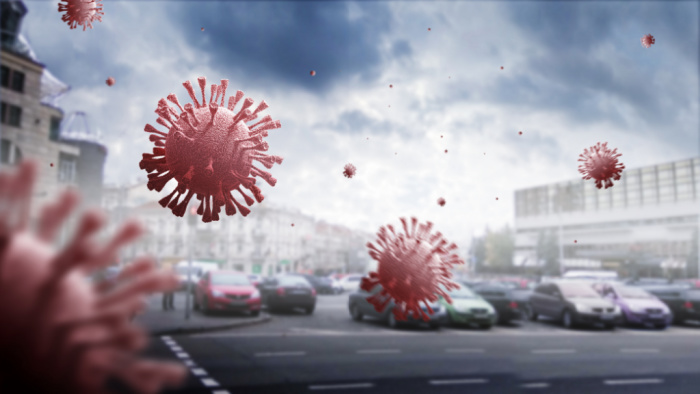

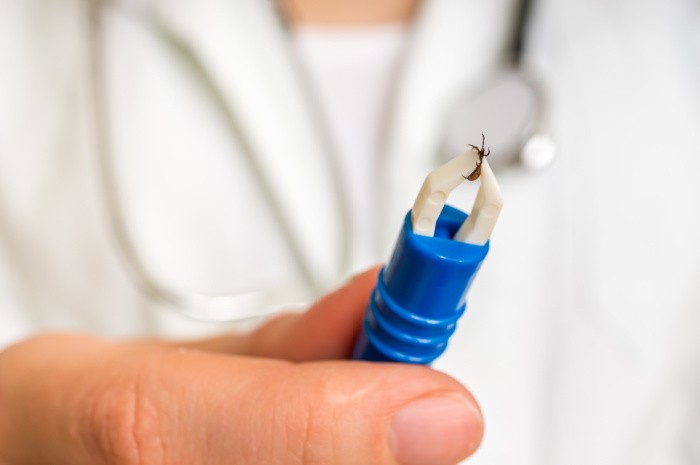
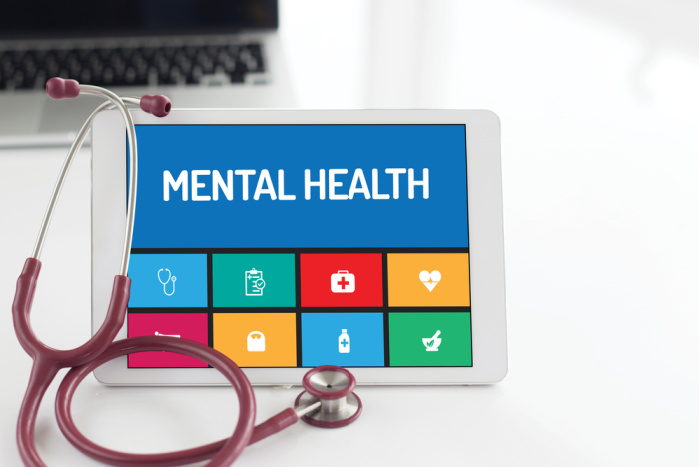
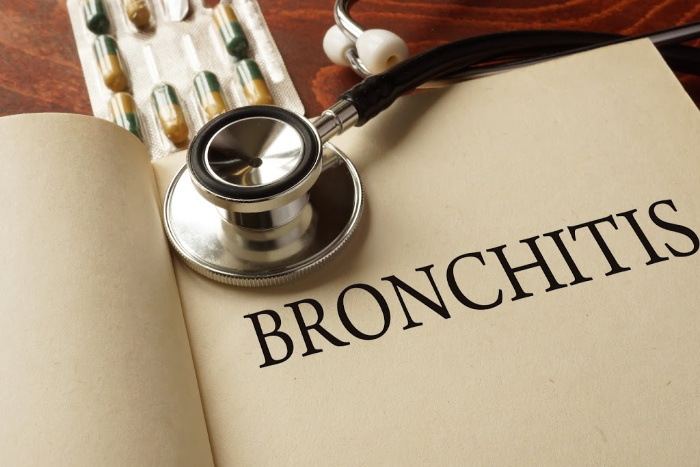
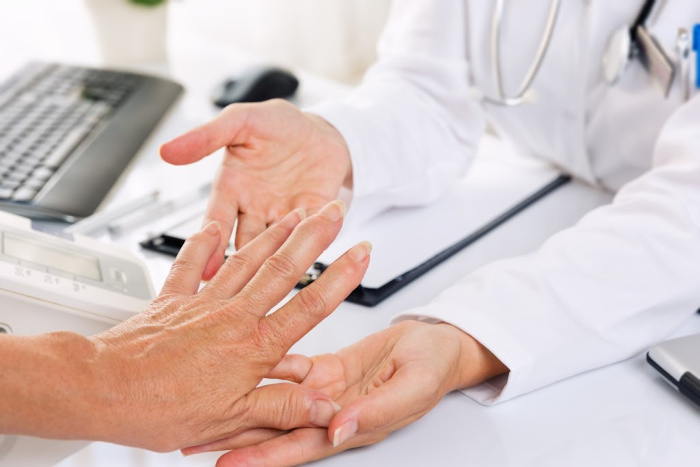

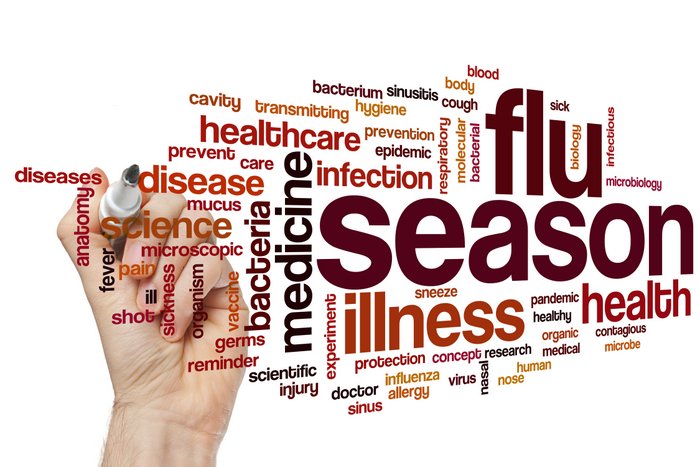
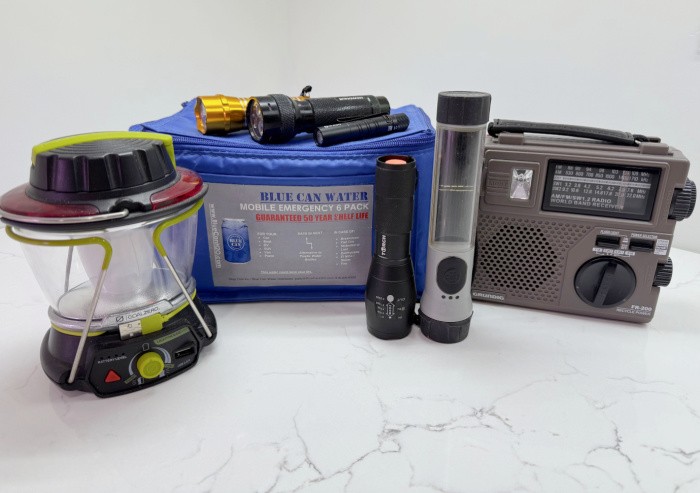
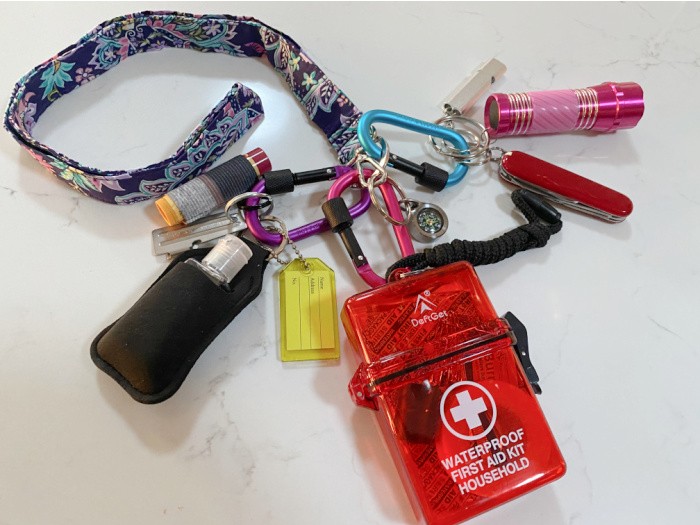











Good post, Linda. Thank you for the information.
Hi Janet, thank you for your kind words, that means a lot to me! Linda
Thank you, Linda! What a lot of research…but schooling remotely makes much more sense with this information, as difficult as it will continue to be.
Staying safe in S. Oregon,
Shirley
Hi Shirley, I have a post going live tomorrow morning on “Is Homeschooling Right For Your Family”. This year has been crazy and hard for so many families. We will survive but with consequences, I pray every day that the suicide rate does not surpass the COVID-19. God bless you and your family. Stay safe and stay well, Linda
Linda, I rarely disagree with you but one statement ” those with symptoms can spread it no more than 8 days after the onset of symptoms’ , I wonder about? If this were true, why do those hospitalized for weeks/months have to be quarantined until they show repeated Negative tests for the active virus? Your article was timely as my BIL had a co-worker who was exposed, did stay home a day and reported this, then tested positive, with only a slight fever. The co did do sanitizing, while having other employees work from home for a week. But, as the positive employee no longer had a temp, she could come back too. My sis is a bit worried. She works in healthcare, has a master’s degree, but also used to manage 5 labs so you know she understands about transmission. She happens to live in a state that dismisses this virus.
Hi Wendy, thank you for catching that. I was looking at all the CDC stats. Plus other sites, and it seems it changes every day. I just looked and the UCDavis California Health is stating 20 days since the FIRST symptoms appeared. Some say 14 or 15 days. I will change it to worst-case as of today-20 days. Man, my daughter was tested twice and she was told 14 days. Who is right, I will put 20 days. What’s hard is who knows when “the symptoms” really started. Thanks again, Linda